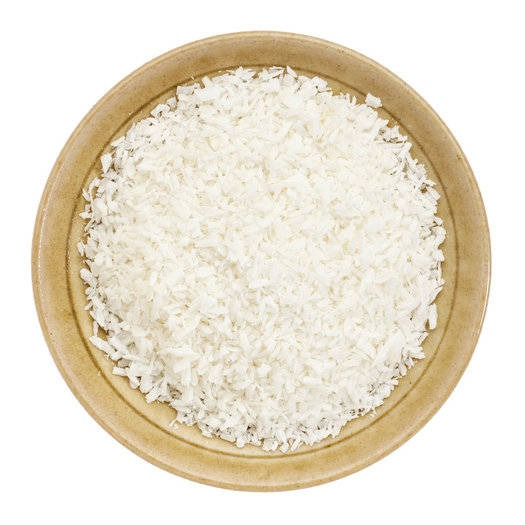IUPAC Name
Octadecanoic acid
Cas Number
0157-11-4
HS Code
3823.11.00
Formula
C18H36O2
Appearance
White Flakes
Common Names
Octadecanoic acid
Packaging
Flexi bag, 17 MT/20FCL
Stearic acid, also known as octadecanoic acid, is one of the most common and useful types of saturated fatty acids found in combined form in natural animal and vegetable fats. It is a waxy white solid with the chemical formula CH3(CH2)16CO2H and a molar mass of 284.48 g/mol. Esters and salts of stearic acid are known as stearates. Commercially, stearic acid is a mixture of approximately equal amounts of stearic and palmitic acids and small amounts of oleic acid. Naturally, stearic acid occurs as a mixed triglyceride, or fat, with other long-chain acids and as an ester of fatty alcohol. It is found more abundantly in animal fat than in vegetable fat.
Stearic acid is manufactured using fatty acids. The manufacturing process varies depending on the grade of stearic acid required and the type of raw material used. Tallow and grease are the most common raw materials for producing stearic acid. There are two main steps in the production process:
Firstly, raw materials (fat or oil) are hydrolyzed to produce a mixture of fatty acids and glycerin, followed by the separation of the two products.
Purification and separation of fatty acid mixtures.
Ensuring a steady supply from trusted stearic acid suppliers and distributors is crucial for maintaining the integrity of the production process and meeting industry standards.
Stearic acid, also known as octadecanoic acid, is one of the most common and useful types of saturated fatty acids found in combined form in natural animal and vegetable fats. It is a waxy white solid with the chemical formula CH3(CH2)16CO2H and a molar mass of 284.48 g/mol. Esters and salts of stearic acid are known as stearates. Commercially, stearic acid is a mixture of approximately equal amounts of stearic and palmitic acids and small amounts of oleic acid. Naturally, stearic acid occurs as a mixed triglyceride, or fat, with other long-chain acids and as an ester of fatty alcohol. It is found more abundantly in animal fat than in vegetable fat.
Stearic acid is manufactured using fatty acids. The manufacturing process varies depending on the grade of stearic acid required and the type of raw material used. Tallow and grease are the most common raw materials for producing stearic acid. There are two main steps in the production process:
Firstly, raw materials (fat or oil) are hydrolyzed to produce a mixture of fatty acids and glycerin, followed by the separation of the two products.
Purification and separation of fatty acid mixtures.
Ensuring a steady supply from trusted stearic acid suppliers and distributors is crucial for maintaining the integrity of the production process and meeting industry standards.
